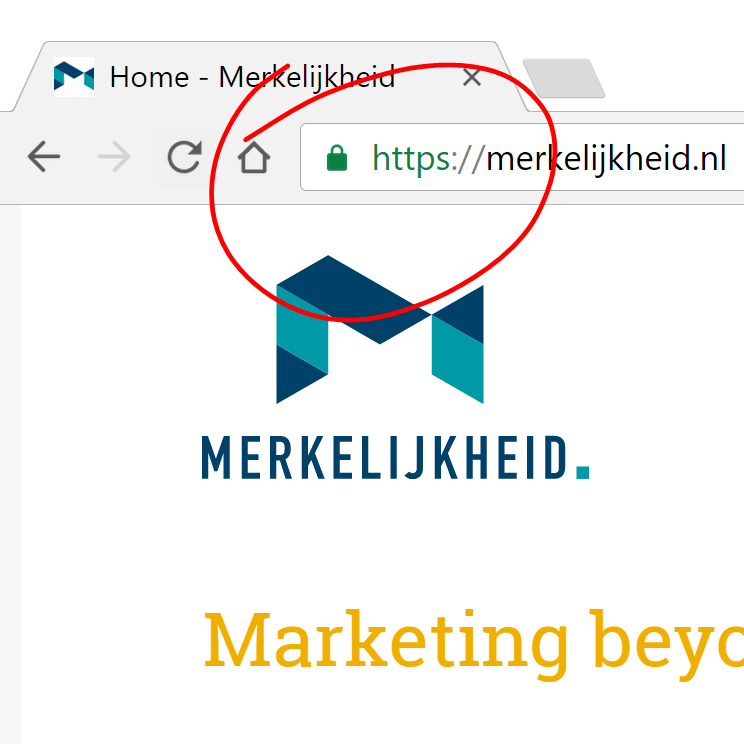*Online Marketing
Attention! Secure Your Website with an SSL Certificate Now

Website security is crucial, yet it can often feel like a complex and daunting subject for many. Understandably, most prefer to steer clear of this intricate matter unless absolutely necessary, as it seldom impacts business operations—until it does. Currently, there’s a security issue demanding immediate attention: obtaining an SSL certificate for your website. With Google set to intensify its crackdown on websites lacking certificates in 2017, it’s time to sound the alarm. We’re here to break down the what and how so you can take swift action.
What is an SSL Certificate?
In the past, a website’s address would commence with http://, a detail most browsers now conceal. This prefix dictates the protocol your browser employs to communicate with a server and display the website.
Until the rise of online shopping, no one gave much thought to this. Entering credit card and bank information on websites prompted concerns:
“What happens to my data? Is this secure?””
To alleviate these worries, some websites started displaying a padlock or similar icon before their web address, indicating a switch to a secured protocol: https. From that point, your information is sent encrypted.
But how does a browser recognize a website as secure? Through the installation of a certificate from a trusted authority, known as an SSL certificate.
SSL Certificates Were Not Always Necessary
If your website didn’t handle sensitive data, the prevailing belief was that an SSL certificate was unnecessary.
Why Your Website Now Needs an SSL Certificate:
Google.
Google significantly dictates online dynamics in the Netherlands, with a dominant market share in search engines (96%!) and about half of internet users utilizing Chrome. (source: http://gs.statcounter.com/) Google advocates for a shift to SSL across the internet.
Google’s Chrome Browser to Penalize Non-SSL Sites
An official post on the Google security blog announced that Chrome will begin distinguishing between SSL and non-SSL websites starting January. Initially, a ‘Not secure’ warning in gray will appear before the domain name, eventually being replaced by a more stern message.
The expectation is that this will discomfort website visitors, prompting them to leave. Thus, an SSL certificate becomes a foundational requirement for your online marketing.
SEO: Higher Ranking for SSL Sites on Google’s Search Engine
This is already occurring in certain markets: websites without an SSL certificate are ranked lower in Google’s search results.
The impact on your visitor numbers can be significant. Research shows a vast difference between the top 3 results and the rest, with about 60% of clicks going to the top 3, and 32.5% to the first result alone. Dropping just 3 places could mean losing half your visitors.
Not to mention the fate of results pushed to the second page.
What Determines the Price of an SSL Certificate?
SSL certificates are issued by Certificate Authorities (CAs), organizations facilitating the issuance of these certificates. Larger CAs are more trusted, even by the most obscure devices. Smaller CAs, while trusted by most common browsers and systems, are not universally recognized.
A certificate from a smaller CA, known by common browsers and systems, costs significantly less than one from, for example, Verisign.
For most websites, a certificate recognized by common browsers and systems suffices.
Prices start from around €50 for a standard certificate, scaling up to €1,500 for the highest-rated certificates.
Conclusion: Secure Your Website with an SSL Certificate
Therefore, promptly install an SSL certificate on your website and ensure all traffic runs through the HTTPS protocol. While it may require some effort, a specialist can manage this relatively quickly, especially if your site is built on a popular CMS like WordPress, where SSL installation is comparably straightforward.
